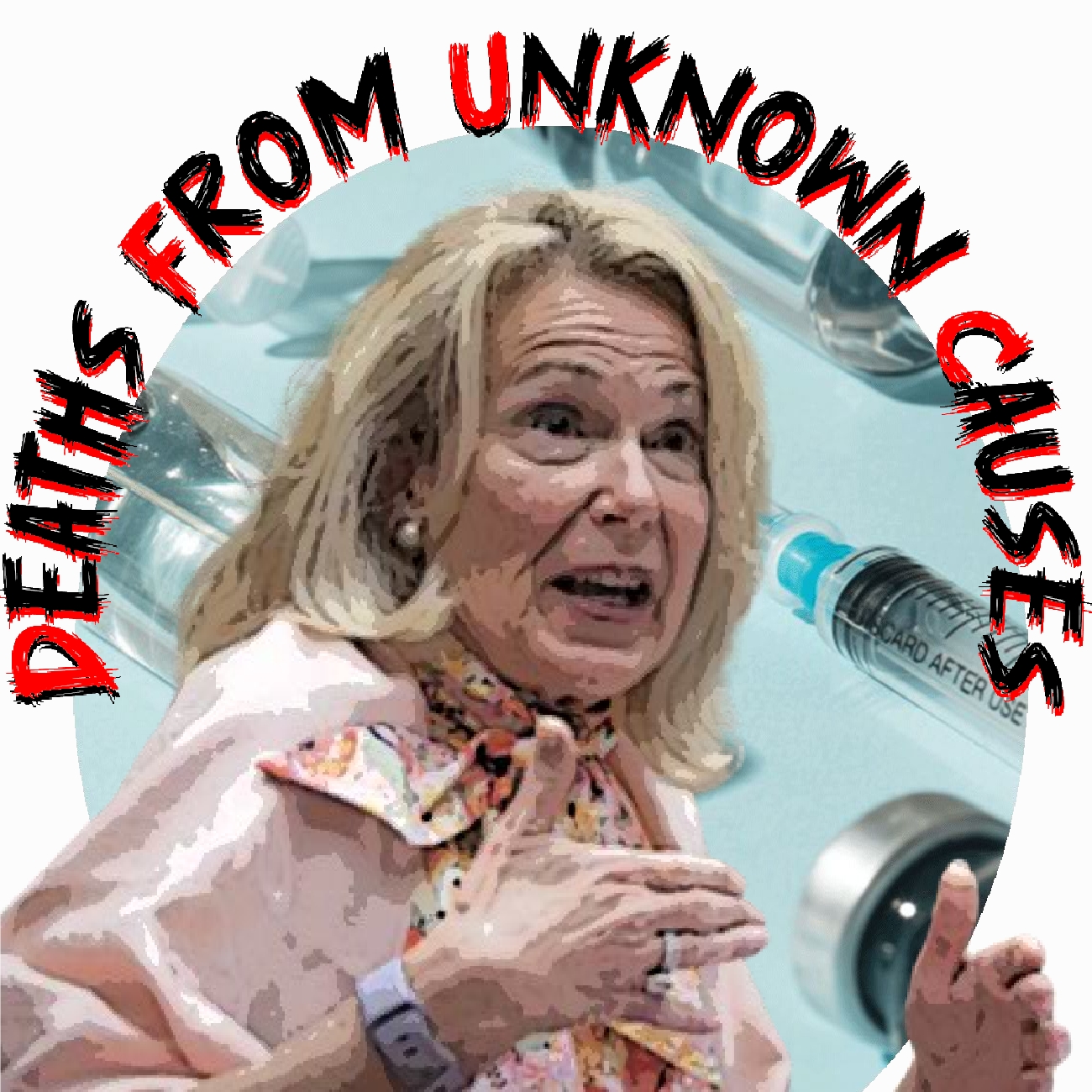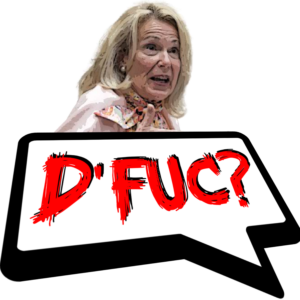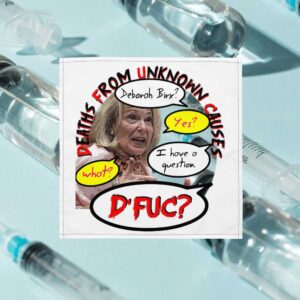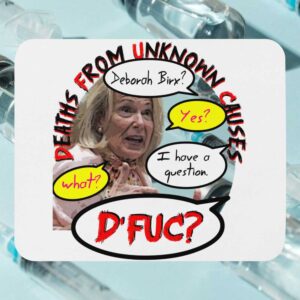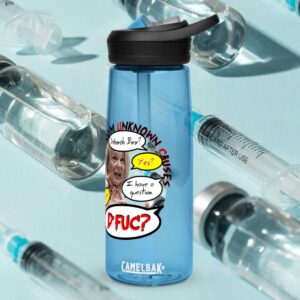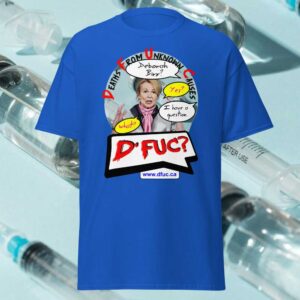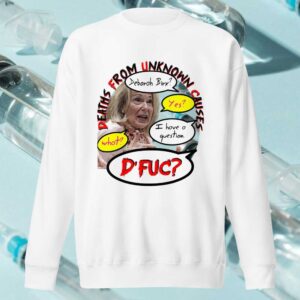Role as White House Coronavirus Response Coordinator
During her time as the White House Coronavirus Response Coordinator, Dr. Deborah Birx played a pivotal role in addressing the COVID-19 pandemic in the United States. Her efforts were in line with the ideals of sustainable development, particularly in ensuring health and well-being (SDG 3), by promoting data-driven responses and emphasizing the importance of community health.
Dr. Birx’s approach to the pandemic response included advocating for widespread testing, data analysis to understand the spread of the virus, and tailored interventions to mitigate its impact. She also emphasized the importance of global cooperation and sharing best practices, which aligns with the SDG 17 on partnerships for the goals.

